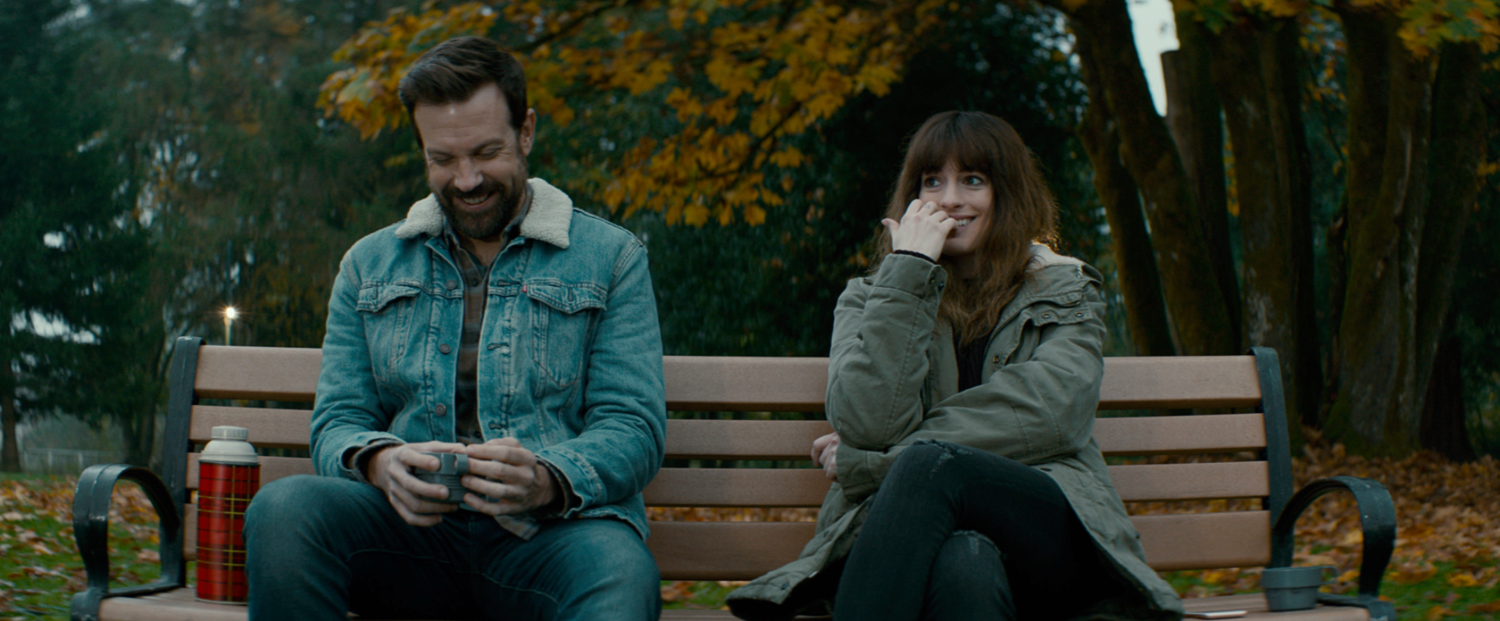Strange, quirky and, yet, in a very original manner, a fine piece of art.
Led by outstanding performances by Anne Hathaway and Jason Sudeikis, 'Colossal' is a comedy, that not only explores science fiction, but romance, drama and action as well. Wrapping it up with a beautiful ribbon, showing that original filmmaking can still be found in the most unlikely places.
Walking in to 'Colossal' I had high expectations, since I loved the trailer, but the movie didn't only fulfill my expectations, but exceeded them by a huge margin.
The film revolves around Gloria, an unemployed party girl who is forced to leave her life in New York and move back to her hometown after her boyfriend kicks her out. As news about a giant creature destroying Seul, South Korea start to break out, she slowly comes to the realization that she is, in some way, connected to the monster. When events start to get out of control, Gloria must determine why her, seemingly, insignificant existence has such a colossal effect on the world.
Due to the strangeness of the plot line, 'Colossal' is a challenge to bring to the screen with such fluid narrative, but director/writer Nacho Vigalondo manages to make it seem effortless. With stunning visuals, great dialogue and gripping scenes that keep audiences on the edge of their seats. Even though, it sometimes stumbles on its own premise, the movie rises from these small flaws, embracing every single aspect of its originality and concocting, what might be, one of the most singular films of all time.
In the end, 'Colossal' deconstructs and redefines certain movie genres, adding different aspects to create a wonderful and thrilling movie experience.
The lesson Gloria learns at the end of the film is uplifting, proving that visuals, great directing and an incredible screenplay are not the only factors that make or break a movie, but the performances brought to the table by the incredible cast and the personal level in which audiences connect with the characters, taking us on their journey and leading us to the final conclusion, that stories told with talent manage to bring a new outlook on the nature of human existence and how impactful our lives can be for those around us.


